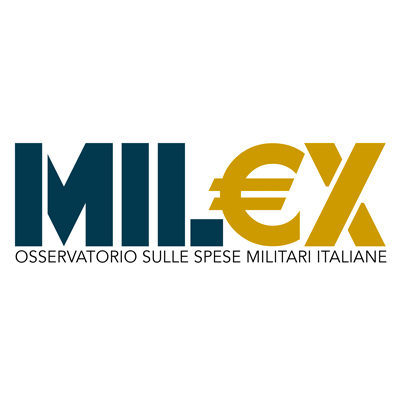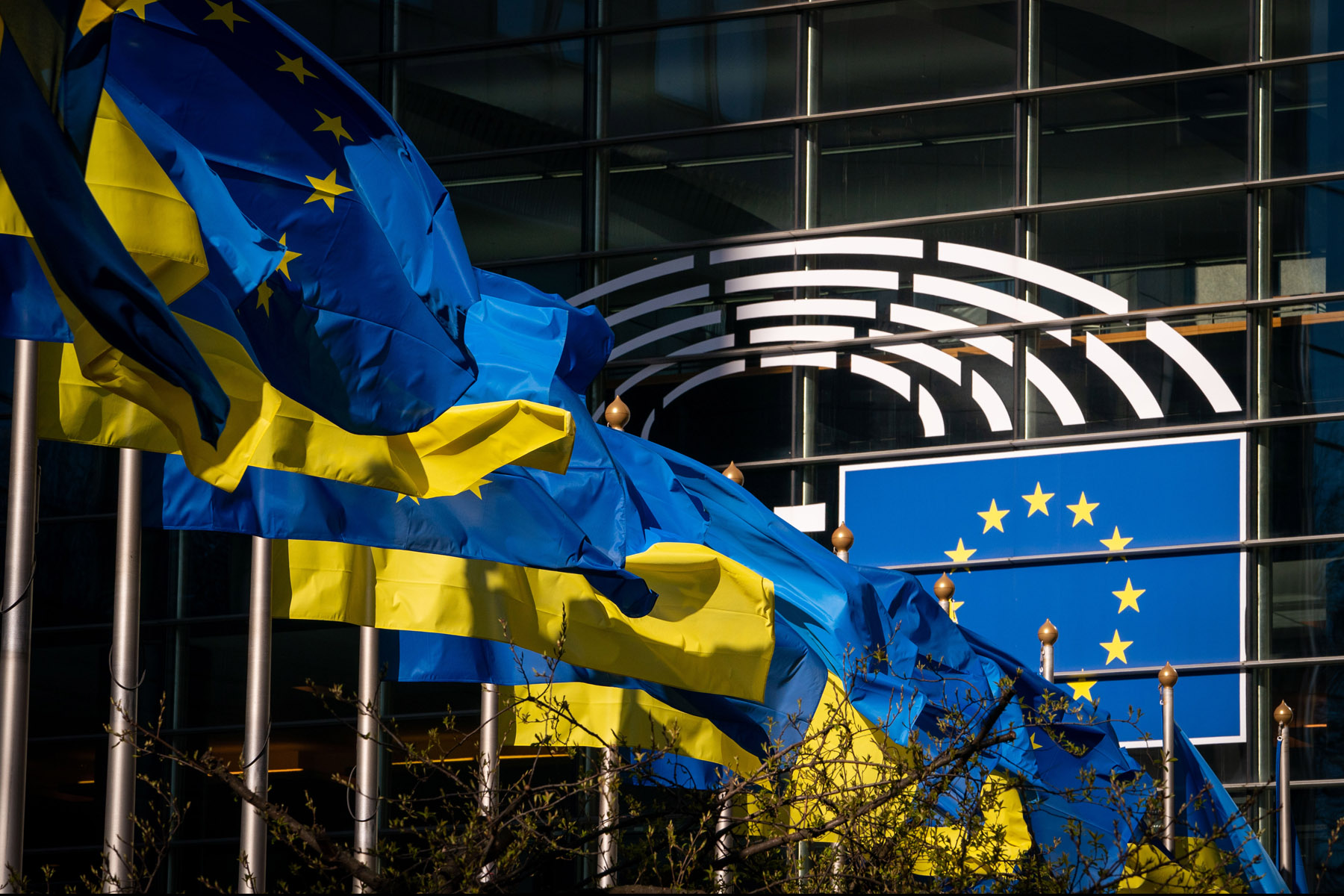An overall figure of over 450 million euro: this is the assessment that the Mil€x Observatory is now able to make regarding the cost to Italy of sending weapons systems to Ukraine, engaged in the armed conflict following the Russian invasion last February. The estimate is released on the eve of a new parliamentary debate (with the presentation of several motions) that will also touch on the issue of arms transfers to Ukraine, in view of a possible sixth interministerial decree detailing materials to be sent shortly to Kiev.
It should be recalled that the authorisation for the ‘transfer of military means, materials and equipment in favour of the government authorities of Ukraine’ was defined by Decree-Law No. 14 of 2022 (into which the contents of Decree-Law No. 16 of 2022 were transposed), converted into Law No. 28 of 2022. Despite the fact that this authorisation, which is valid in time until 31 December 2022, refers to armament materials already in the possession of the Italian Defence Force that will not be paid for by Ukraine, it was made explicit – superfluously – that it is a measure derogating from Law 185/90 on arms exports. To make the decision effective, an act of parliament had to be adopted. The list of military means, materials and equipment and the procedures for their transfer (also for accounting purposes) were defined by several decrees of the Minister of Defence, adopted in agreement with the Minister of Foreign Affairs and International Cooperation and the Minister of Economy and Finance. To date, five inter-ministerial decrees have been defined, with details on selected armaments mantained secret, four of which were issued during the 18th legislature, with the last one instead adopted after the new elections had already taken place and explained by Defence Minister Guerini at Copasir on 4 October. The obligation to update the Chambers, provided for by the decree-law at least every three months, has been fulfilled with a number of periodic debates, and the related approval of documents, which, however, have never touched on the details of the materials sent and the related costs.
Already last April, our Observatory had tried to define an initial generic estimate of the cost of the decision to provide military support to Ukraine, starting from the only figure formally divulged by Guerini during a parliamentary hearing (and also taken as a basic reference by international analyses): 150 million in countervalue. The real cost for our country, however, derives from the ‘international’ modality of coverage that was decided at the level of the European Council (military funds are excluded from the specific competences of the Union, according to the founding Treaties): the recourse to the European Peace Facility. As already pointed out, this is an ‘off-budget’ financial instrument to support European international military initiatives established on 22 March 2021 with a seven-year perspective (which was certainly not supposed to be used so copiously for Ukraine) and a forecast endowment of EUR 5,692 million. Thus, the EPF is financed by the annual contributions of the EU Member States established on the basis of the Gross National Income: Italy’s annual contribution share is therefore about 12.5%. The disbursements successively decided over the course of the year greatly exceeded the planned annual budget and currently stand at a total of EUR 3.1 billion, confirmed until October 2022. The substantial, upward change in the forecast figures did not, however, change the way in which funds are disbursed to cover arms shipments, which remains defined on the basis of the countervalue of the armaments according to the already established operating mechanisms. This means that each country can request EPF reimbursements based on what it claims to have sent to Ukraine: however, since the counter-values of the shipped armaments are much higher than the already decided common fund, the coverage cannot be full. At the moment, especially following strong pressure from Poland, which is at the top of the list of Ukraine’s military supporters, a coverage of about 50% is expected. What does this mean for Italy, in real terms and considering that the disbursement to the EPF is defined with quotas already provided for in advance? Starting from the only figure released by the Ministry of Defence, Italy should see 75 of the 150 million spent returned, but against an ‘EPF quota’ of around 387 million euro. That is, an overall total cost for the italian national budget of well over 450 million. Even the possible increase in Italy’s ‘declared countervalue’ (assuming that the figure provided by Guerini months ago is only a basic minimum estimate, overtaken by subsequent submissions) would not improve the financial impact, indeed it would worsen it for several reasons. On the one hand, because the unscrupulous reporting of high ‘stock values’ in order to obtain more reimbursements from some EU countries is already creating tension among the allies, without forgetting that the EPF – as seen – is already unable to cover the requests entirely: if Italy asked for more reimbursement, the uncovered quota would therefore, by mere algebra, exceed the 75 million estimated at the moment. On the other hand, because the intensification of requests by the Member States could lead to decisions to strengthen the Fund’s total, to which Italy contributes a non-residual 12.5%, in fact increasing and certainly not decreasing the gap between disbursed and received.
The estimate just made of at least 450 million euro in the cost of sending arms to support Ukraine must also be considered as a basis for another important reason included in the government decision of last March confirmed by Parliament. The aforementioned decree-law in fact stipulates that ‘the incoming sums deriving from ministerial decrees’ identifying the transferred armament materials must be reallocated in full to the relevant chapters of the Ministry of Defence’s estimates. This means that the Ministry will have to be guaranteed funds to replenish its arsenals with weapons systems comparable to those sent to Ukraine. A reintegration that could have an impact of several hundred million, considering that it will inevitably involve ‘new’ parts with a list price that is certainly higher than the declared value of the remaining stock. At the moment, however, it is not possible to know what is meant by ‘incoming sums’ – and therefore how to estimate them – since no specific indication has been provided on them, despite the fact that an Order of the Day in this sense was presented and accepted by the Government (without a vote) during the parliamentary debate last May 2022. Depending on what the direction taken will be, which may be defined and clarified as part of the decisions on the Budget Law under discussion shortly, the overall estimate of the cost to Italy of military support to Ukraine may have to be significantly adjusted upwards.

